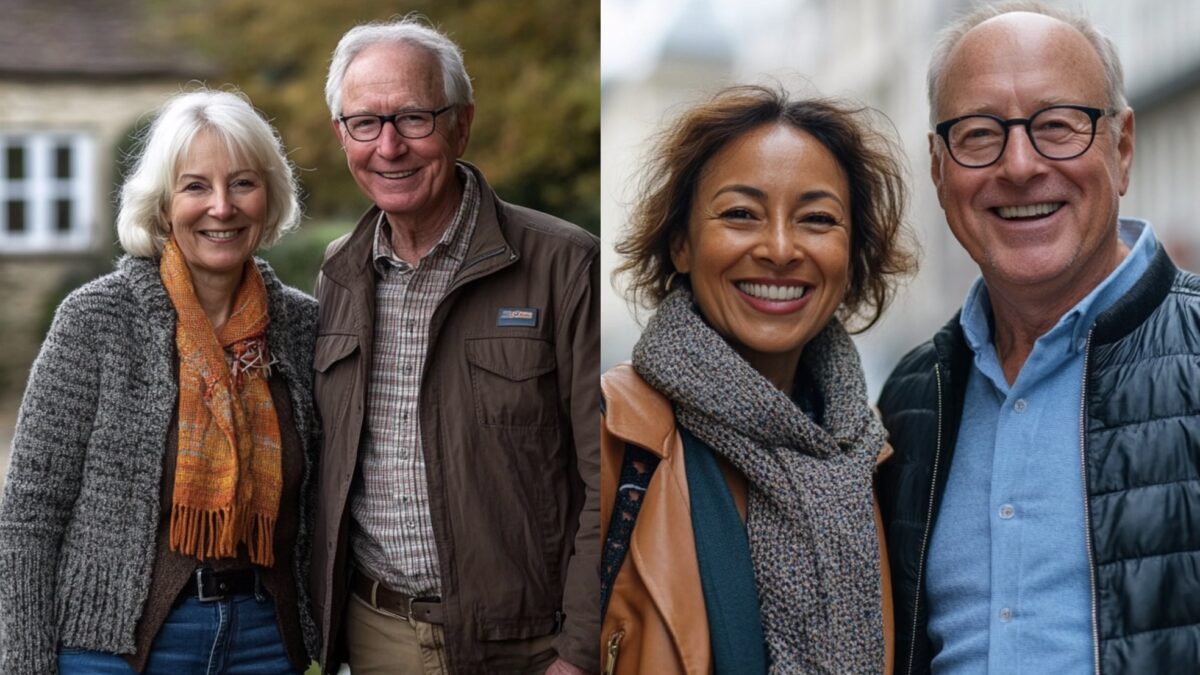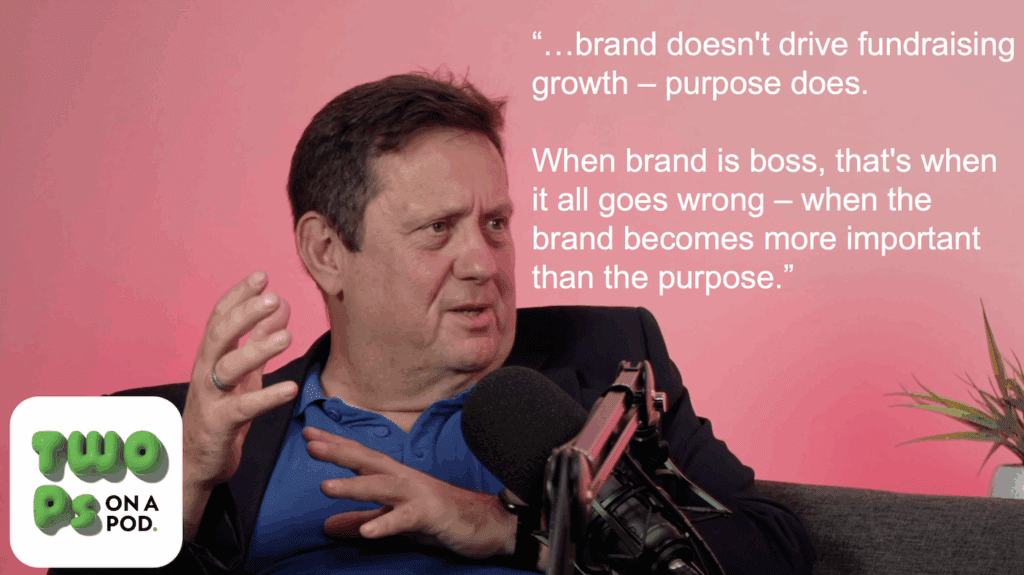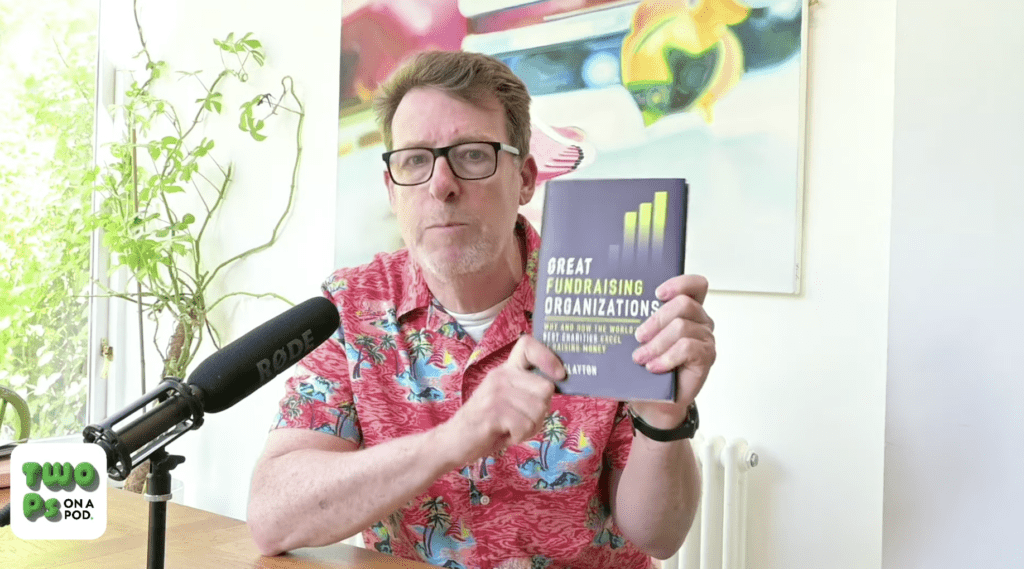Has Trump finally destroyed the mid-value donor?
How Sentinels and Arcadians Are Shaping the Future of Philanthropy
From time to time, history gives us a sharp jolt - a moment that doesn’t merely disrupt the surface of things, but reshapes the very foundations of how we think, behave, and give. A financial crisis, a war, a pandemic - or indeed, the election of a world leader whose approach upends the existing order - can have profound ripple effects that extend far beyond the ballot box or stock market.
In recent years, we’ve found ourselves on the front line of what feels like a relentless series of global shocks. The upheaval triggered by COVID-19, the cost-of-living crisis, the invasion of Ukraine, and most recently, the re-election of Donald Trump in the United States have all contributed to an atmosphere of ongoing uncertainty. The world increasingly feels less predictable, more fragmented, more out-of-control. Trump’s new round of sweeping tariff changes, with implications not only for global trade but also for local economies and household stability, is the latest example of the deep, persistent instability that continues to shape public attitudes.
These are not isolated events. They are part of a longer-term pattern of disruption - what we have called a permacrisis at Bluefrog. And they are altering the way individuals engage with charities. Our research across Australia, the UK, and Europe shows that donors are increasingly re-evaluating not just how much they give, but why they give and to which charities. This is driven by a growing desire for impact, for meaning, and for alignment with causes that reflect deeply held values and personal agency.
This shift is particularly visible amongst the group traditionally referred to as mid-value donors (or mid-level donors in North America). However, at Bluefrog, we are increasingly recognising that this label has become far too broad – and, increasingly, unhelpful. It defines individuals by the size of their gift rather than by the motivations behind it. In doing so, it risks reducing thoughtful, concerned people to a financial metric, obscuring the deeper reasons why they choose to give.
That’s why, at Bluefrog Towers, we’ve adopted a new framework - one that more accurately reflects the identity, intent, and influence of wealthier donors, who now account for close to 40% of all charitable giving in the UK. To better understand and engage this crucial group, we’ve divided it into two distinct segments: Sentinels and Arcadians.
Many of these individuals are accustomed to having control in their lives – professionally and personally – and they bring that same mindset to their giving. Their philanthropy is far from passive; it is deliberate, purposeful, and often highly strategic. Many are professionals, entrepreneurs, or senior leaders who have made their mark by solving complex problems and driving change. Their charitable choices reflect that same mindset: they want to direct their resources where they believe they can have the greatest impact.
Whereas traditional mid-value programmes often rely on tactical enhancements – handwritten notes, lift pieces, and personalised formats – what these donors truly seek is substance. They are not looking for flattery. They are looking for effectiveness, intelligence, and partnership.
Sentinels and Arcadians share a common psychological profile. They exhibit what psychologists refer to as an internal locus of control. They believe their actions matter. They believe they can change outcomes. And as a result, they view their charitable giving not as a gesture, but as a vehicle for meaningful impact. They are, in effect, looking to co-create change.
This requires a fundamental rethinking of how charities engage. The traditional charity model of “give to us and we’ll take care of the rest” has never truly resonated with mid-value donors.
But in today’s increasingly chaotic world, recognising this fact has never been more important. Donors don’t just want to be handed another problem to worry about – they want to understand what’s happening behind the scenes. They’re looking for insight into the thinking that drives decisions and actions: not just what is being done, but why, and what comes next.
They value insight, context, and a sense of being informed. Above all, they want to feel like respected participants in a shared mission - valued members of a valued group working together to address complex challenges.
To support this shift, three key principles should guide our communications:
- Present a considered case. These donors are analytical. They want to understand the problem as much as the solution. They expect transparency, context, and intellectual rigour in the communications they receive.
- Make yourself available. The personal touch remains important, but not as theatre - it must be meaningful. A direct contact, a business card, a personal email address – these are small but powerful signals that say, “We value you.”
- Focus on outcomes and appreciation. Don’t overdo praise. Show them what their gift is doing. Demonstrate progress, provide updates, and follow through on promises. Let them feel they made a sound, intelligent choice.
Now, why distinguish between Sentinels and Arcadians?
The answer lies in the focus of their concern. Sentinels are international in vision. They engage with global issues, consume global media, and look for large-scale, often systemic, impact. Climate change, global poverty, refugee crises, the protection of democracy - these are their domains.
Arcadians, by contrast, are localists. Their gaze is domestic, grounded in their daily experience. They are more likely to support causes that address the needs they see every day – in their communities, their towns, their schools. They are shaped by local news, not international headlines.
Despite this difference in focus, both groups are united by a desire to act - to not be bystanders. They want to use their privilege responsibly. They want to belong to something meaningful. And crucially, they want to be seen not just as donors, but as stakeholders, as insiders, as partners in change.
This is not merely an opportunity - it is essential. The charities that recognise and adapt to this new reality are seeing stronger donor loyalty and greater lifetime value. And most importantly, we are seeing signs of a powerful network effect. Because when Sentinels and Arcadians give, they influence others in their circle to do the same. And in a world that continues to reel from shock after shock, their steady, thoughtful, values-driven approach to philanthropy may just be one of the most stabilising forces we have.
The mid-value donor, as we once knew them, may be a thing of the past.
But the future has already arrived - in the form of Sentinels and Arcadians. These donors are stepping forward with purpose, ready to support the causes they care about with clarity, curiosity, and commitment. In truth, many have the capacity to give well beyond traditional mid-value levels. With the right approach, they have the potential to become a significant and growing force – not only within your broader philanthropy programme, but also as a cornerstone of your long-term legacy fundraising strategy.
If you’d like to know how identifying Sentinels and Arcadians in your donor file could help improve your fundraising, if your mid-value programme isn’t performing as it should, or if you’re curious about the unrealised potential this space could hold for your charity - drop me a line at [email protected]. We’d be happy to introduce you to Insight & Impact – our proven approach to revitalising and expanding mid-value programmes that aren’t reaching their full potential.
Choose how you'd like to receive fundraising insights and ideas below...
The Essentials
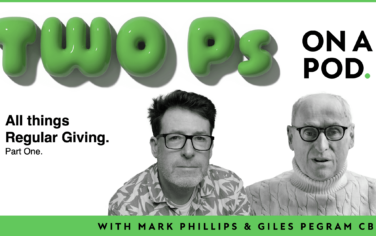
Crack the Code to Regular Giving: Insights, Strategies, and a Special Giveaway!
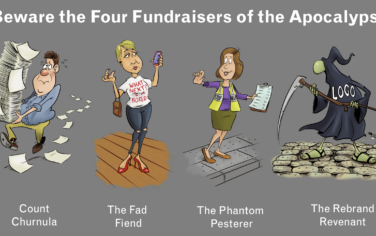
‘Tis Halloween. Keep to the light and beware the Four Fundraisers of the Apocalypse!
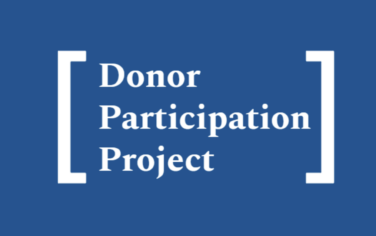
Why do people give? The Donor Participation Project with Louis Diez.

A guide to fundraising on the back of a postcard
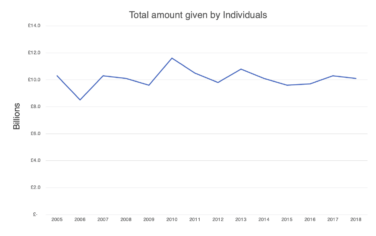
What does the latest research tell us about the state of fundraising?


